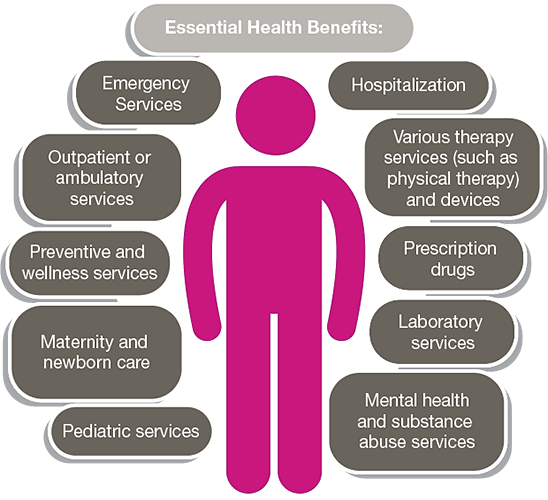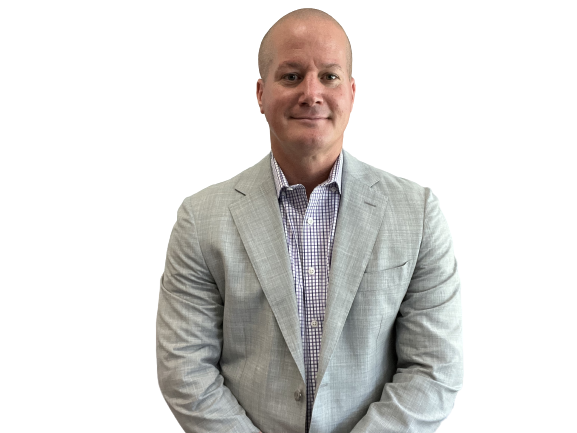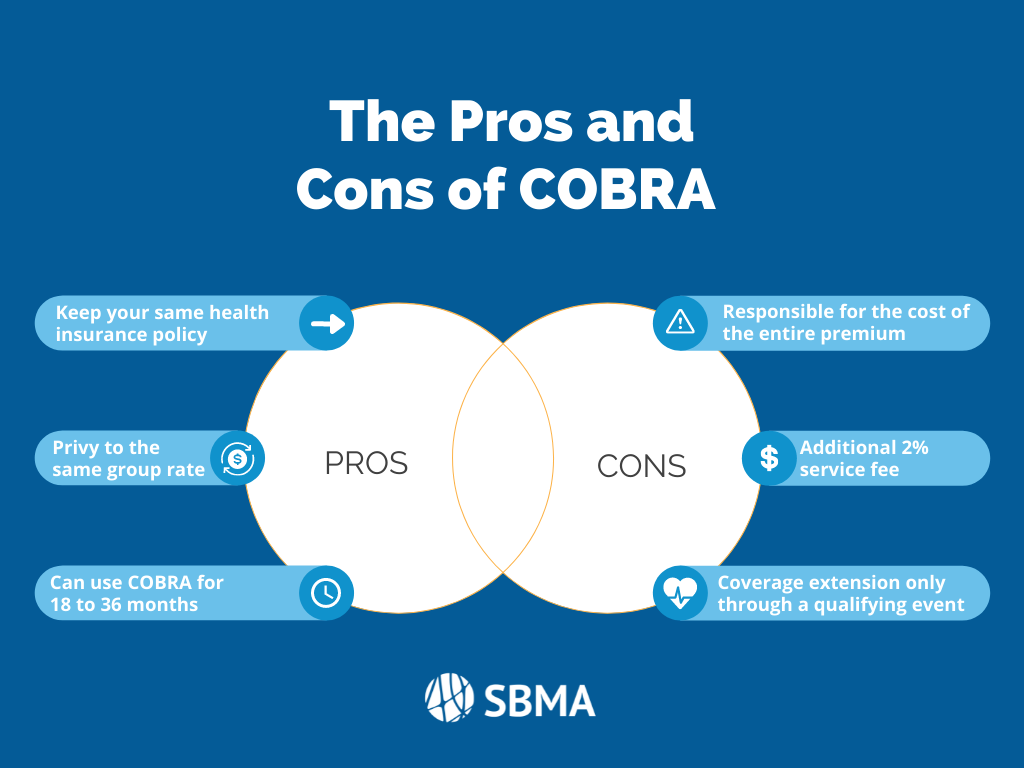Medicare Advantage Agent Things To Know Before You Buy
Medicare Advantage Agent Things To Know Before You Buy
Blog Article
What Does Medicare Advantage Agent Do?
Table of Contents3 Easy Facts About Medicare Advantage Agent ExplainedMedicare Advantage Agent Can Be Fun For AnyoneEverything about Medicare Advantage Agent


follows from complies with the relatively young fairly profile of the uninsured with without insurance better healthMuch better on average, standard younger persons. For those without access to workplace health insurance policy, poor health is a potential barrier to purchasing nongroup insurance coverage because such protection may be very valued, exclude preexisting conditions, or be just unavailable. Unless or else kept in mind, nationwide price quotes of individuals without health insurance policy and percentages of the population with various kinds of insurance coverage are based on the CPS, the most commonly made use of source of quotes of insurance coverage and uninsurance rates.

The Ultimate Guide To Medicare Advantage Agent
The relationship between wellness insurance coverage and accessibility to care is well established, as documented later in this phase. The connection between health insurance and health outcomes is neither straight neither straightforward, a comprehensive professional and health services research literature web links health insurance coverage
to improved access to care, better far betterTop quality and improved enhanced individual population populace status. The 2nd report, on individual health results for without insurance adults, is represented by the innermost circle of the figure, while the 3rd report, on family members well-being, encompasses the subjects of the 2nd report yet stresses a different system of evaluation, specifically, the family.
Furthermore, it concentrates particularly on those with no health insurance for any type of length of time. The troubles dealt with by the underinsured remain in some respects similar to those dealt with by the without insurance, although they are usually less extreme. Uninsurance and underinsurance, however, include distinctly various plan issues, and the techniques for addressing them might differ. Throughout this research and the five reports to follow, the main emphasis gets on individuals without any health and wellness insurance policy and therefore no help in paying for healthcare beyond what is available via charity and security web institutions. Medical insurance is a powerful element impacting receipt of treatment since both patients and doctors react to the out-of-pocket rate of solutions. Health and wellness insurance coverage, nevertheless, is neither essential neither adequate to get to clinical solutions. However, the independent and straight result of wellness
insurance policy protection on accessibility to health and wellness solutions is well developed. Others will certainly acquire the wellness care they need even without wellness insurance, by spending for it out of pocket or seeking it from companies who offer care free or at extremely subsidized prices. For still others, health insurance coverage alone does not ensure invoice of care since of various other nonfinancial obstacles, such as an absence of health treatment providers in their community, restricted my latest blog post accessibility to transportation, illiteracy, or etymological and social distinctions. Formal research concerning without insurance populations in the USA dates to the late 1920s and very early 1930s when the Board on the Price of Treatment produced a collection of records regarding financing physician workplace visits and hospital stays. This issue came to be prominent as the varieties of clinically indigent climbed up during the Great Anxiety. Empirical studies regularly sustain the link in between access to care and boosted health end results(Bindman et al., 1995; Starfield, 1995 ). Having a normal source of care can be considered a forecaster of gain access to, as opposed to a direct measure of it, when health outcomes are themselves utilized as access signs. This extension of the concept of accessibility measurement was made by the IOM Board on Keeping Track Of Gain Access To to Personal Health And Wellness Treatment Provider(Millman, 1993, p. Whether or not moms and dads are guaranteed appears to impact whether their kids obtain treatment along with just how much careeven if the kids themselves have coverage(Hanson, 1998). The wellness of parents can impact their ability to look after their kids and the degree of household anxiety. Stressing over their children's access to care is itself a resource of stress for moms and dads. Three phases comply with in this record. Chapter 2 gives an introduction of exactly how employment-based medical insurance, public programs and individual insurance policy policies operate and communicate to provide extensive yet incomplete coverage of the united state population. This consists of an evaluation of historic fads and public policies impacting both public and private insurance policy, a discussion of the interactions among the various sorts of insurance, and an assessment of why people relocate from one program to one more or end up

Report this page